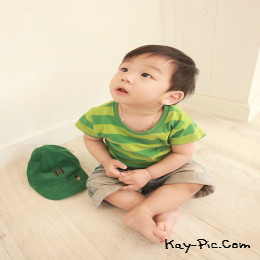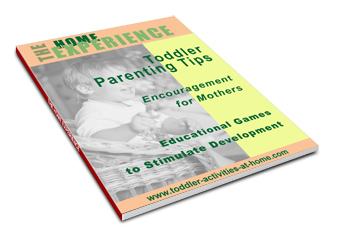Positive Discipline vs Traditional Discipline For Your Toddler
What It Is And Why It's Essential For Your Child
Positive discipline (PD)- it all sounds so trendy and politically correct. But does it actually have any substance?
This page explains what PD is, the limits of its uses and why some parents might be resistant to the very idea of it - for their own reasons.
So What Is Positive Discipline?
What Is PD?
Comparing it to traditional discipline will help explain. Managing children in this way focuses on control and is very adult centered. The old cliche
Children should be seen and not heard
just about says it all. With traditional discipline, the parent's life is made easier - the child's needs are secondary. This status quo is of course described as benefiting the toddler in terms of developing self discipline and the vague concept of 'character building'.
The more enlightened approach is child centered, but the good news is that you as parent get to feel good about yourself, because you get the child to think your way and feel good about themselves. And who wouldn't want that for their child?
It's a win-win situation.
Positive discipline helps develop both self discipline and self esteem. But how?
You can teach self discipline through, amongst other things:
- being a positive role model
- clear communication
- preventing problems, which reduces the emotional challenges facing toddlers
Self esteem is nurtured through, amongst other things:
- an understanding of toddler behaviour
- praise and loving support
- respecting the natural limitations (e.g. language) of this age group
Limits of This Method
PD used in isolation is a recipe for disaster. If you rely solely on
positive techniques, you have nothing to fall back on when your toddler
tests you, as they inevitably will. Such parents become pushovers, and
do both themselves and their kids no favours in the long run.
The
best thing is of course to combine positive discipline with firm
boundaries that you stick to like glue. So for example, you might try to
persuade your child to get in the pushchair by asking for help posting a
letter. However there will be times when no amount of encouraging can
overcome a stubborn toddler. If this is the case, just put them in the
stroller or threaten to take away something they like.
Are You Resistant To The Very Idea Of PD?
This method of managing children's behaviour reflects the shift in
society since the 1960's - unquestioning deference to authority is out;
equal rights and the rise of the individual are in.
All this might make sense to you - but if you had a very traditional upbringing, you might well feel resistant to it. So often we find ourselves acting just like our parents.
Awareness of this is the starting point. The next step is to experiment with the techniques on this site, which are all based on positive discipline.
The great
thing about this age group is that you can try something, then move on
if it doesn't work - you won't get any 'you're so fickle' complaints
from your kid!
Toddler Activity Pages
Home l Printable coloring pages l Toddler Development Guidelines l Toddler Fine Motor Activities l Toddler Gross Motor Activities l Toddler Midline Activities l Toddler Sensory Activities l Preschool Math Activities l Preschool Alphabet Activities l Preschool Cooking Activities l Preschool Science Activities l
To Help Busy Mums and Dads Here Are Some Related Shopping Items
When you purchase from this link, you are actually purchasing from Amazon.com, and you can have peace of mind that your order will be processed by Amazon’s secure order server.











New! Comments
Have your say about what you just read! Leave me a comment in the box below.